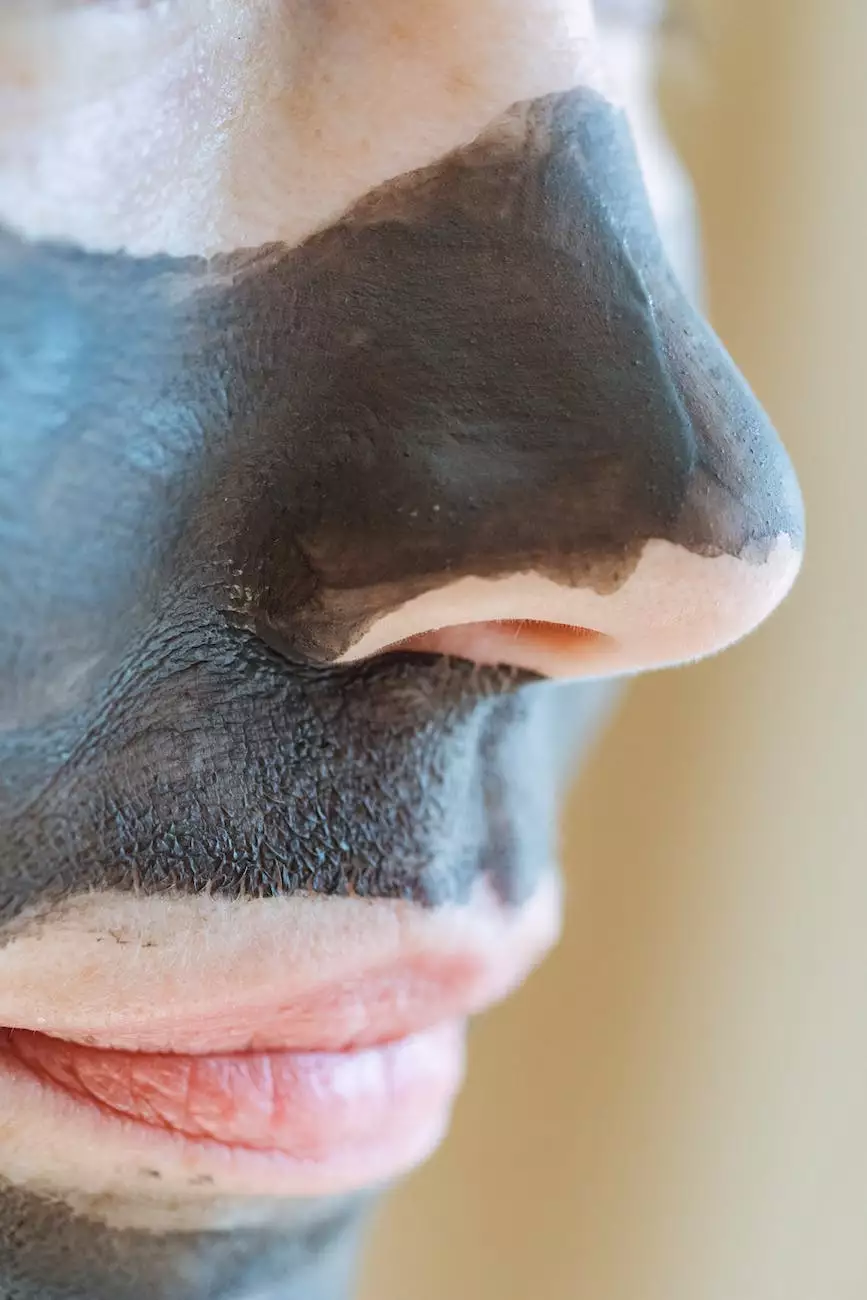How Typical is Shock Loss After Hair Transplant Surgery?

Are you considering undergoing a hair transplant surgery? It's important to be aware of potential side effects and post-operative concerns. One common occurrence that patients may experience is known as shock loss. In this article, we will dive into the topic of shock loss after hair transplant surgery, its typicality, and what you can expect during your recovery process.
Understanding Shock Loss
Shock loss, also known as telogen effluvium, is a temporary condition where existing hair follicles shed after undergoing a surgical procedure, such as a hair transplant. This shedding typically occurs due to the stress placed on the scalp during the transplantation process.
It's important to note that shock loss is a completely normal and expected part of the hair transplant journey for many patients. While it is called "shock" loss, it does not indicate a negative outcome or a permanent loss of transplanted hair. The term "shock" refers to the sudden shedding of existing hair.
How Common is Shock Loss?
The occurrence of shock loss after hair transplant surgery varies among individuals. It is important to understand that every patient's experience may differ. The degree of shock loss can depend on several factors, including:
- The patient's genetics and hair characteristics
- The surgical technique used during the hair transplant
- The skill and expertise of the surgeon performing the procedure
- The patient's adherence to post-operative care instructions
While it is impossible to determine the exact likelihood of shock loss for a specific patient, it is estimated that up to 50% of transplanted hair may shed temporarily after the procedure. However, it's important to note that this shedding is typically temporary and is part of the natural growth cycle of hair.
Recovery and Hair Regrowth
After experiencing shock loss, patients can expect their hair to begin regrowing within a few months. It may take around three to six months for hair follicles to start producing new hair strands and visibly improve the appearance of the transplanted area.
During the recovery phase, it is vital to follow the post-operative care guidelines provided by your surgeon. This will enhance the healing process, minimize complications, and promote healthy hair growth.
Managing Shock Loss
While shock loss cannot be entirely prevented, certain measures can be taken to manage the condition effectively. Here are some recommendations:
1. Patience and Understanding
Recognize that post-operative shock loss is a temporary phase, and hair growth will gradually return to normal. Patience and understanding are key during this period.
2. Gentle Hair Care
Handle your hair and scalp gently to avoid further stress. Use mild, non-irritating shampoos and conditioners. Avoid excessive rubbing or scratching, as it may worsen the condition.
3. Healthy Lifestyle Habits
Ensure you maintain a healthy lifestyle by consuming a balanced diet, staying hydrated, and getting enough sleep. Adopting stress-reducing techniques, such as yoga or meditation, can also contribute to overall hair health.
4. Regular Follow-ups with Your Surgeon
Stay in touch with your surgeon and attend scheduled follow-up appointments. They will monitor your progress, address any concerns, and provide guidance throughout your recovery journey.
Conclusion
Shock loss is a typical occurrence after hair transplant surgery. While it can be concerning for patients, it is important to understand that it is usually a temporary phase in the hair growth cycle. By following post-operative care instructions and maintaining healthy habits, patients can optimize their recovery and achieve long-lasting, natural-looking results.
Smith, Arthur F, MD is a trusted expert in the field of hair transplant surgeries, offering comprehensive care and guidance to patients experiencing hair loss. If you have any concerns or questions about shock loss or hair transplantation, do not hesitate to reach out to our dedicated team.










